Color Drenching Is Trending—Designers Share How to Do It Right
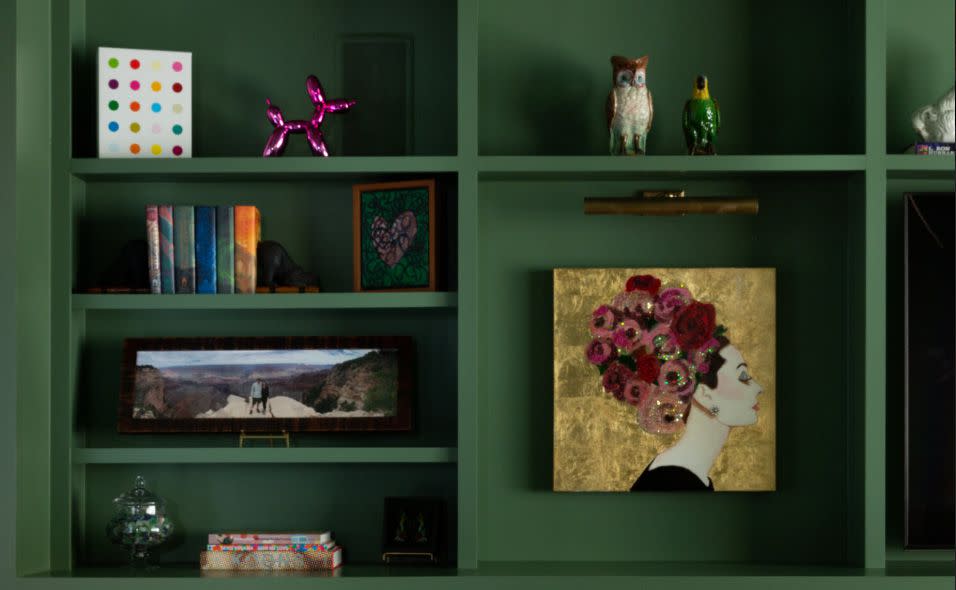
Color drenching, a new trend in the interior world, is a monochromatic explosion, Lindsie Davis, the founder of Blueberry Jones Design, says.
"The main idea is to paint (wallpaper can be included) your walls, ceiling, trim, and doors the same color," Davis says. Of course, the designer adds, some may choose to go a step further and only accessorize with items in one particular tone, too.
Color drenching is often characteristic of British interiors but is now making its way into the U.S. design space, Emma Beryl Kemper, the founder of Emma Beryl Interiors, says. Kemper explains how many countries including the U.S. are using color drenching in a more modern approach by creating cohesive and streamlined designs.
"There aren’t as many busy prints or other colors to make the eye jump around a room," Kemper says.
Below, designers weigh in with their top tips for how to best embrace the concept of color drenching in the home.
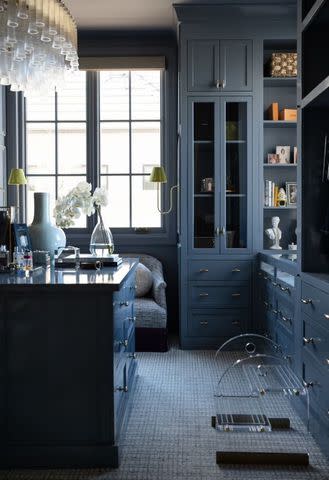
Alice Lane Interior Design / Photo by Mykal Bush
Change Paint Sheen to Add Depth
You do not want your color drenched room to appear at all flat or devoid of texture. To mitigate this, Davis recommends varying paint sheen throughout.
"If you are going the full gamut and including furnishings, then change the textures and patterns with the fabrics and sheens with the case goods," Davis says.
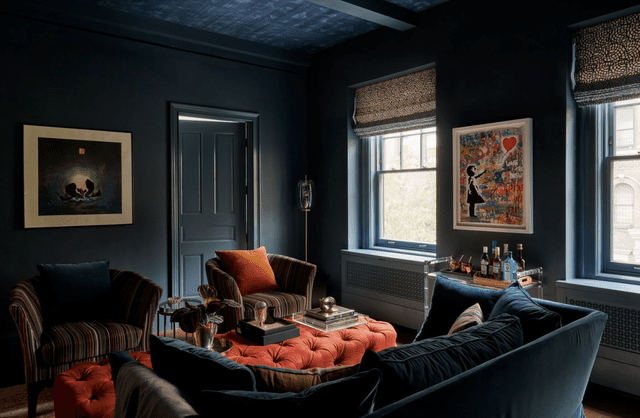
Emma Beryl Interiors / Styling by Lucy Bamman / Photo by Seth Caplan
Vary Your Shades
On a similar note, note that you do not need to stick with just one shade of a particular color.
Suzanne Hall, senior designer with Alice Lane Interior Design, recommends choosing several shades from light to deep.
For example, when working with green, mix hunter green, emerald, and sage together, if you wish. The varying shades will help bring more depth and visual appeal when looking in.
If you don't want to commit to painting your walls various shades, add a chair with a fun pattern or refresh an unused shelf with some antique trinkets in a similar color palette to create a charming statement.
Be Thoughtful About the Color You Choose
When practicing color drenching, make sure the particular hue you choose is one you won't tire of and can appreciate all throughout the day.
"Select a color that you absolutely love and makes you happy to see it used on multiple surfaces," Maria Vassiliou, the founder of Maria Zoe Designs, says.
Paint a swatch of the color you're leaning toward on the wall and examine it throughout the day.
Tip
Before going all in with paint, make sure you are aware of how your desired color looks all throughout the day as the lighting in your space changes.
"Make sure you’ve seen the color in all lighting—natural light, artificial light, daytime, and nighttime," Vassiliou says. "Light is a huge influencer and it’s incredible to see how colors can morph differently depending on the time of day or even bulbs used."
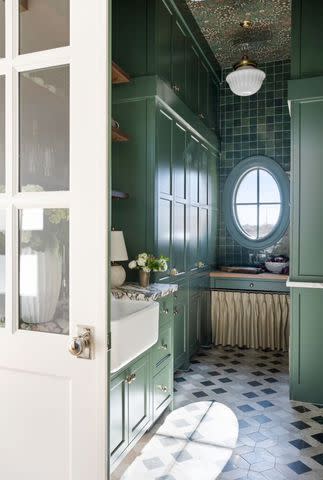
Alice Lane Interior Design / Photo by Mykal Bush
Think About Your Desired Mood for a Space
Keep in mind the various moods that different colors invoke, and choose accordingly.
"If you want a happy, upbeat environment, go for warmer hues versus a moody, calming space that typically reads cooler," Deborah Costa, co-founder of Design Alchemy, says.
Costa adds that muddy colors are ideal for some since they are less shocking and more soothing. You can also opt to go all in with a hue on a room's four walls while using a lighter variation of the shade on the ceiling, Costa adds.
Additional Color Drenching Benefits
Color drenching plays nicely with maximalism, Davis explains. "It adds so much character and instantly brings a space alive," Davis says.
Additionally, color drenching can also make a space feel larger, Davis adds.
"You are reducing the visual noise when the walls and trim don’t have start and stopping moments," she says. But that's not its only practical purpose.
Color drenching can also help some parts of a room disappear if there's no budget or ways to get rid of them, Kemper explains.
"Color drenching can also create a vibrant, yet cozy warmth to the space as you are enveloped in the color like a cocoon," Davis says.
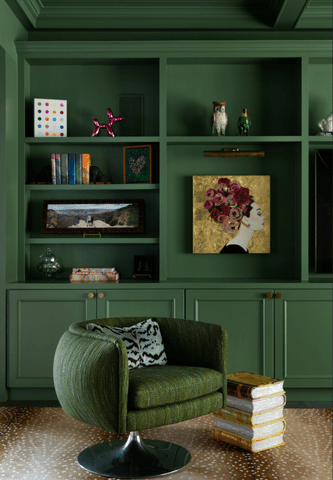
Read Next: Guide to Monochromatic Color Schemes in Design
Read the original article on The Spruce.

